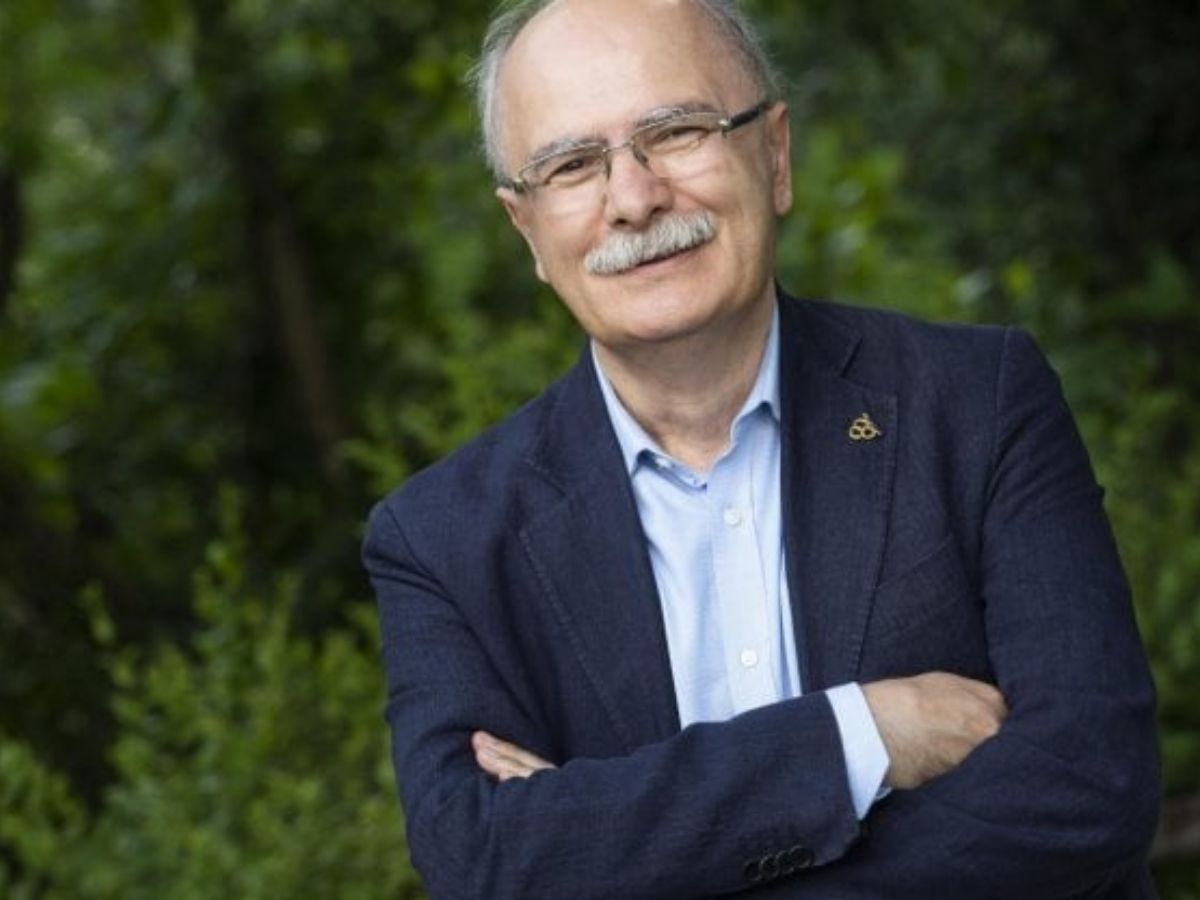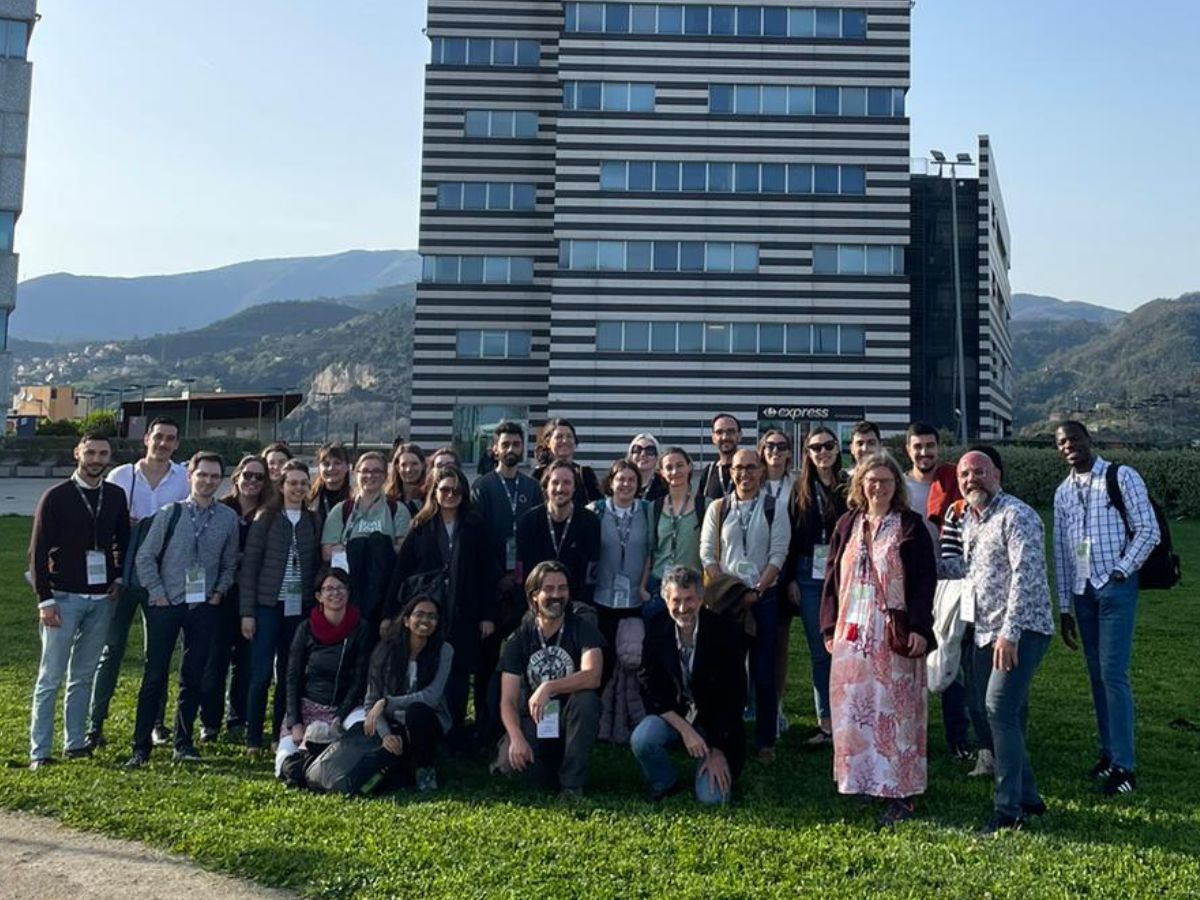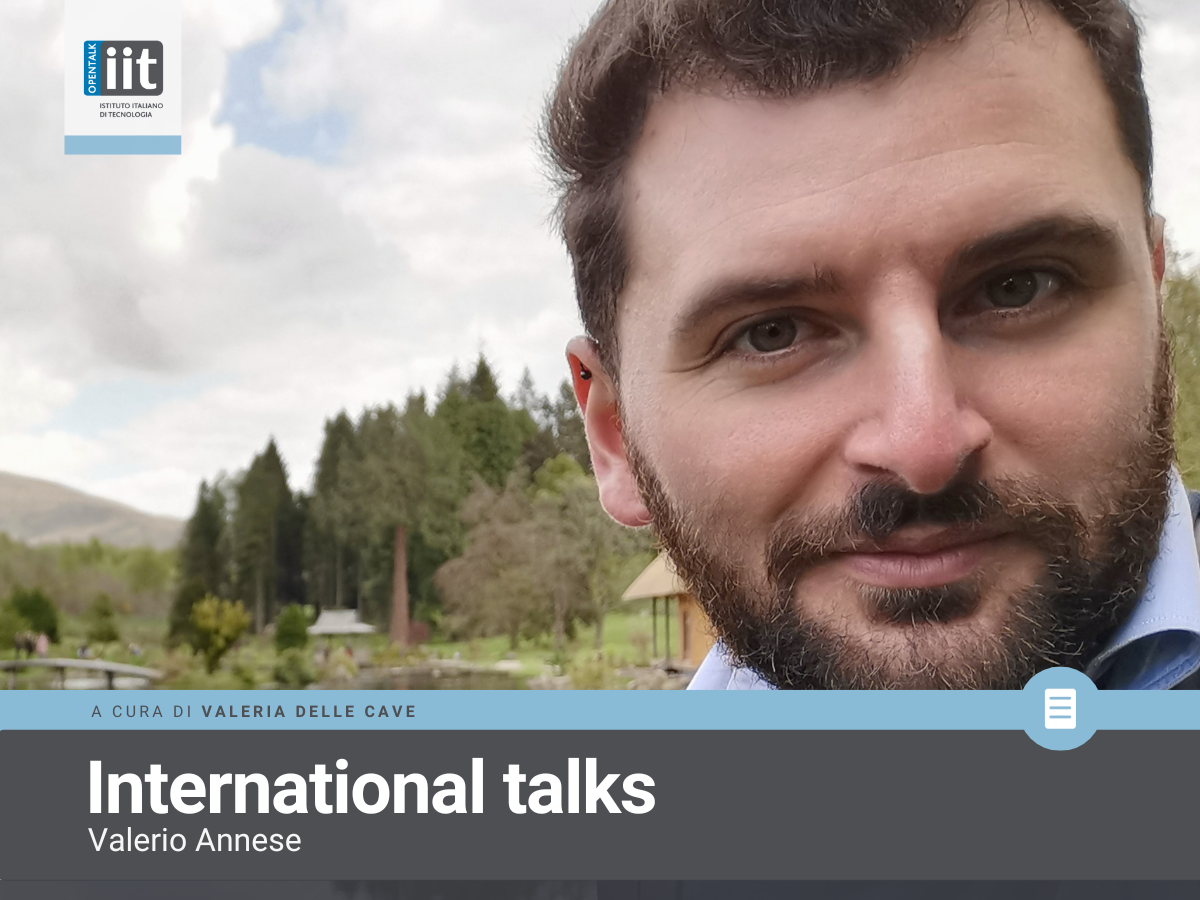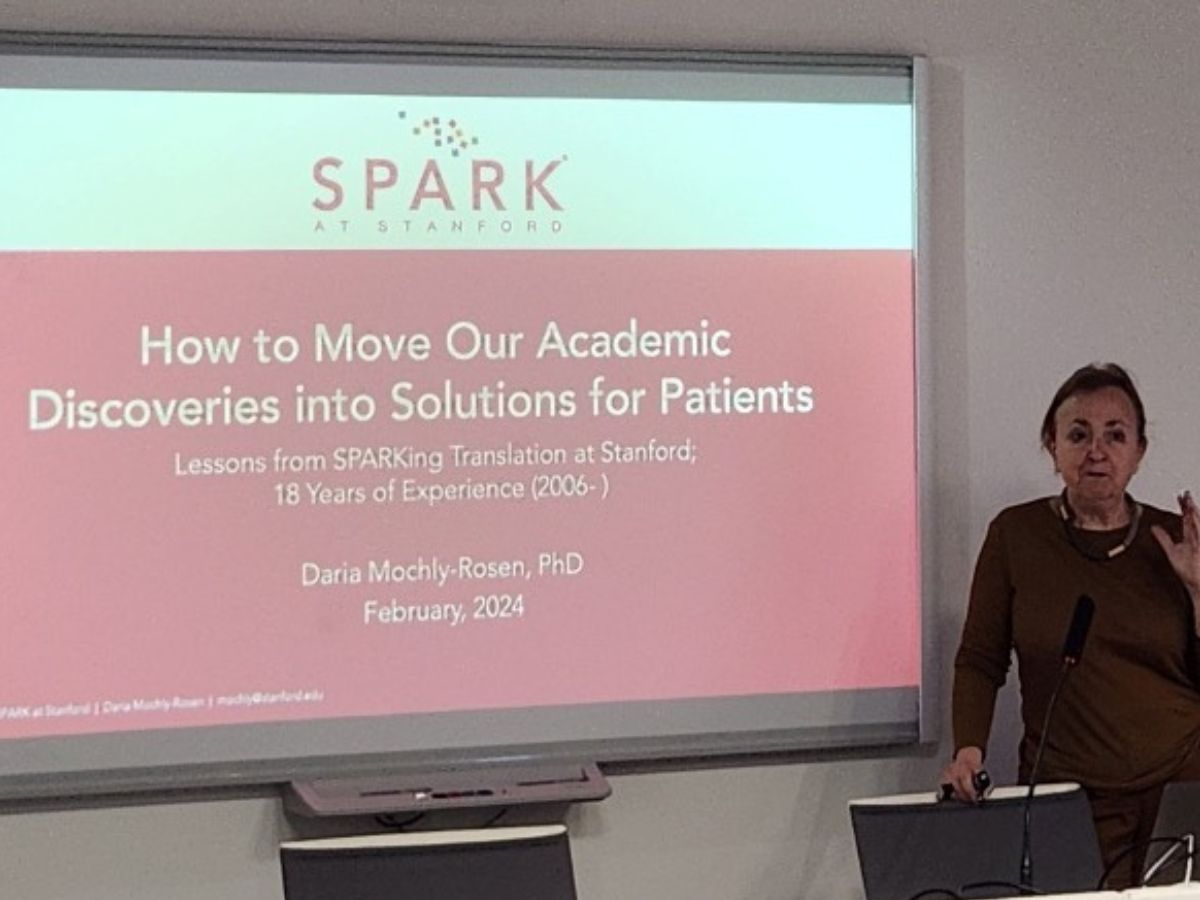Remembering Pietro Greco.
Scientific experimentation, and science, have become narrative, from Galileo Galilei to Bertrand Russell. There are many examples, and a whole community of individuals dedicated to scientific communications and dissemination, meeting the fundamental necessity of popularising scientific culture. This makes it possible for people to voice their own opinion, on every occasion.This is an excerpt from a recent lesson by Pietro Greco for students at the course of Naturalistic Communication at the University of Padua, featuring Telmo Pievani and the description of his professional career, from his beginnings – as a chemist – right through to his desire and ambition of popularising science. Then “for a tiny fraction of a second”, he left us on 18 December in his place of origin, the isle of Ischia. “For a tiny fraction of a second” was Pietro Greco’s reference to John Bell (P. Bianucci, La Stampa, 16 November) for Schrödinger’s famous cat and the mechanism of locality, in his unparalleled ‘narrative’ of quantum mechanics (P. Greco, Quanti. La straordinaria storia della meccanica quantistica – Carocci, 2020).He was more learned and well-prepared than most people today, now that so many are hand-waving under the quantum moon. Years ago, I was struck by his phrase “they caught the cat” in reference to the Nobel Prize for Physics awarded to Haroche and Wineland, experimental physicists and experts of quantum optics. Without excessive complication, he explained how they had developed traps capable of isolating single photons, so that they could be ‘probed’ by atoms without changing their nature, and a system of isolating individual ions so that they could be probed using light photons. He memorably suggested that the immediate applications of this technology could be the creation of ultra-accurate clocks and the development of quantum computers (P. Greco, L’Unità, 10 October 2012).At that time, and still today, I found his ability to combine communication and scientific disclosure unique, equalled by no-one else. His intellectual knowledge and honesty made his descriptions simple and striking. His wide-ranging culture enabled him to weave various themes into the tapestry of knowledge, such as “Galileo, a great writer and musical theorist, Leopardi, scientist and astronomy historian, Primo Levi, a commendable populariser of science, Einstein and Picasso who determined the laws of space and time, and Dante, theoretician of scientific democracy” (P. Greco, Homo. Arte e Scienza, Di Renzo, 2020). Pietro Greco was, amongst his many activities as scientific journalist and populariser, a member of the Scientific Board of the Science Festival, to which he contributed his experience with Radio3 Scienza and le Scienze (the Sciences), along with the enthusiasm with which he edited the online magazine Il Bo Live with the University of Padua.I was lucky enough to have had a scientific conversation with him online during the recent Cagliari Science Festival. I remember every word, every look and every smile, accompanied by expressive gestures during our exchanges. I will miss Pietro. If you read his book on Quanta (op. cit.) you will be reminded of Calvino and Musil, Verne and Mann, and you will throw yourself headlong into trying to understand and resolve that open question that Albert Einstein put to his colleague and biographer, Abraham Pais: “But do you really believe that the Moon is not there when no-one is looking at it?”The desire to understand, the kindling of curiosity and the urge to ask questions are signs that scientific communication and dissemination have hit the mark.





